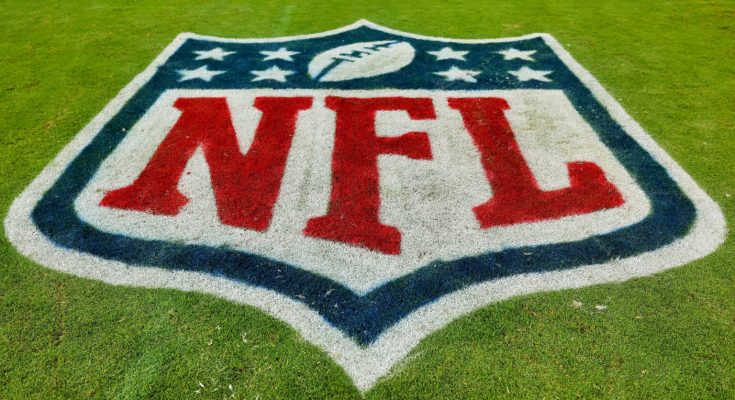NFL Private Equity Ownership: Maximum Limit On Investment, Minimum Hold-In Period, And Everything Else To Know

The NFL has taken a monumental step by allowing private equity investments in its franchises, a decision that could bring in billions of dollars and significantly change the league’s financial landscape. This makes the NFL the last major U.S. sports league to permit private equity ownership, following in the footsteps of the MLB, NBA, NHL, MLS, and NWSL. Here’s a breakdown of how the new policy works, its implications, and what fans can expect moving forward.
How Does the New NFL Private Equity Investment Work?
Under the new rules, NFL teams can sell up to 10% of their common equity to private equity firms. These outside investors must start with a minimum investment of 3% and can buy up to a maximum of 10% of a team. However, there are specific limitations to ensure the league’s stability. No single private equity fund can invest in more than six teams, and each investment must be held for at least six years. Additionally, teams are barred from representing more than 20% of a single fund, ensuring diversity in investment sources.
Restrictions and Safeguards to Protect the League
The NFL has implemented several provisions to safeguard its interests and maintain control. The league reserves the right to compel private equity firms to sell their stakes under certain conditions, though these triggers remain unspecified. Marc Ganis, co-founder and managing director of Sportscorp Ltd, highlighted these precautions on the Sporticast podcast, explaining that while the league doesn’t expect to exercise this option frequently, it is a necessary precaution for future political or financial conflicts.
The NFL also mandates that any private equity firm’s limited partners (LPs) must adhere to specific representations and warranties governing the investments. Moreover, sovereign wealth funds, pension funds, or endowments cannot comprise more than 7.5% of a private equity fund’s financing.
Also Read: NFL Sideline Reporter Erin Andrews Is Set To Make More Than Some NFL Stars In 2024
Significant Investors and Committed Capital

Several prominent firms, including Arctos Partners, Ares Management, Sixth Street, and a consortium led by Blackstone, Carlyle Group, CVC, Dynasty Equity, and Curtis Martin’s Ludis Capital, have already shown significant interest in investing. The NFL owners approved the new policy with a 31-1 vote and committed at least $2 billion in capital. Notably, the Cincinnati Bengals were the only team to reject the proposal.
Financial Impact on NFL Teams and the League
Allowing private equity ownership opens up new avenues for NFL teams to access substantial capital. This could lead to significant projects like new stadium constructions or major renovations without relying heavily on taxpayer money. As Judy Battista noted, “Private equity funds are not going to be running your football team, but this is a way for owners to access cash—millions, hundreds of millions of dollars in cash.”
Additionally, the NFL has positioned itself to profit from these transactions. When private equity firms sell their stakes, the league will receive a cut of the proceeds. This money will be distributed equally among all teams, ensuring that even those who choose not to sell equity benefit from the policy. This is unlike other major U.S. sports leagues, where no such provision exists.
The Future of NFL Franchise Valuation and Players’ Salaries
The value of NFL franchises has skyrocketed in recent years. Since 2020, the average value of an NFL team has jumped by $2.84 billion, rising from $3.09 billion to $5.94 billion in 2024. With private equity entering the fold, these numbers could soar even higher. According to Sportico, teams may have provisions to buy back stakes within a limited period, potentially giving teams more control over their ownership structures.
Moreover, the influx of private capital could lead to increased player salaries. Private equity’s new financial flexibility could help teams manage their salary caps better and offer more lucrative contracts, benefiting the players directly.
A New Era for NFL Finances
The NFL’s decision to allow private equity investments marks a new era for the league’s financial management and growth strategy. While the move brings substantial capital and flexibility, the NFL has carefully crafted rules to ensure it retains control and minimizes risks. With this policy, the NFL could see even more rapid financial growth, benefiting team owners, players, and fans in the long run.
Also Read: 5 Legit Super Bowl 59 CONTENDERS And 5 PRETENDERS Heading Into The 2024 Season


